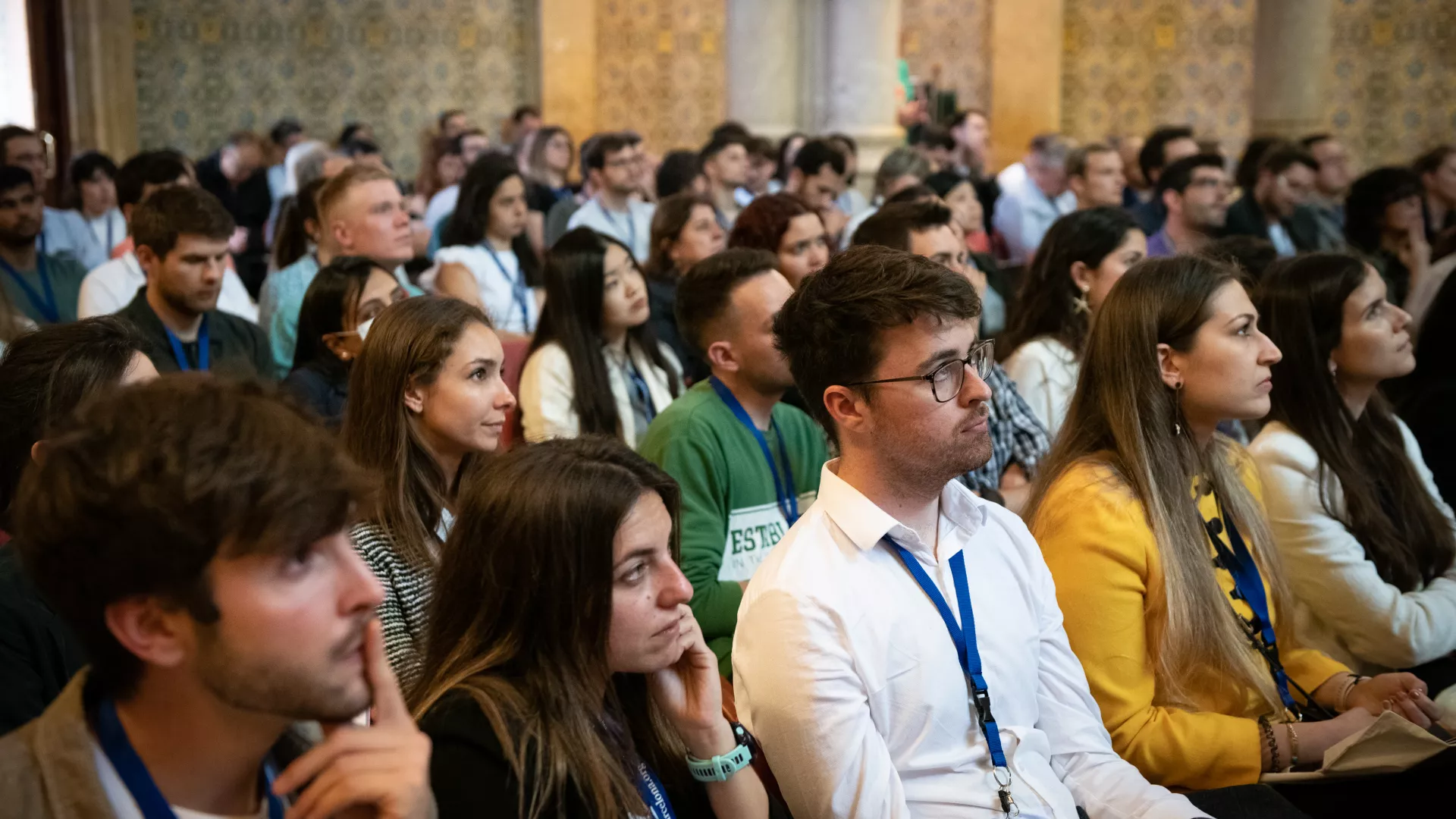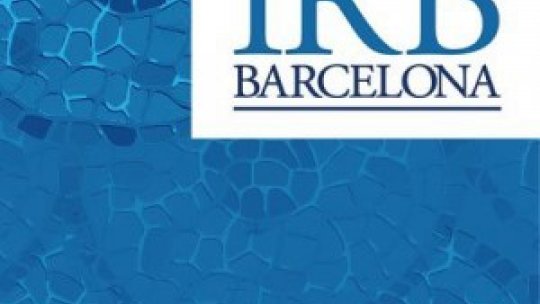Speaker: Dr. Laura A. Johnston Professor, Department of Genetics & Development, College of Physicians and Surgeons Columbia University Medical Center, New York, USA.
Presentation
Organizers: IRB Barcelona
Date: Friday 16 February 2018, 12.00h
Place: Aula Fèlix Serratosa, Parc Científic de Barcelona, Spain
Host: Dr. Cayetano González, IRB Barcelona
Abstract
Cells in developing tissues and organs have evolved mechanisms to promote cooperative interactions with their neighbors; uncooperative cells are eliminated from the tissue by a dynamic process called cell competition. Cell competition allows cells to adapt to changes in their environment and promotes optimal animal fitness. Our work in Drosophila identified a signaling module, mediated by a cohort of immune response components including Toll receptors, its secreted ligand, Spätzle (Spz), and NF-kappaB factors, that recognizes sub- par cells in growing organs and competitively eliminates them via apoptosis. However, this mechanism can be exploited by “cheater” cells to expand their territory, as occurs in cancer. Notably, clonal expression of Myc leads cells to rapidly acquire super-competitor status, allowing them to kill their wild-type neighbors and promote their own growth. I will discuss the results of our investigation into how signal activation is controlled during Myc super-competition. Although Spz circulates in the larval hemolymph and is readily activated upon pathogenic infection, our results indicate that for cell competition, Spz activation and Spz-mediated signaling are strictly confined to the imaginal disc. This geographical constraint allows errors in tissue fitness to be corrected without compromising organismal physiology. We speculate that the tight spatial control provides a mechanism whereby super-competition can drive tumor expansion that remain under the host defense radar.
Plenary Seminar

